Photodissociation of Water (H2O)
|
This movie shows how an ultraviolet (UV) photon can break apart a water molecule. When the photon hits the water molecule (H2O), it adds energy to the molecule. The extra energy breaks one of the bonds between the oxygen atom and a hydrogen atom. The hydrogen atom (H) flies away from the piece that's left, which is called a hydroxyl radical (OH).
This is called photodissociation.
You need the latest version of the Flash player to see this movie.
|
 Photodissociation of Molecular Nitrogen
Photodissociation of Molecular Nitrogen
 Photodissociation of Molecular Oxygen
Photodissociation of Molecular Oxygen
 Photodissociation of the Hydroxyl Radical
Photodissociation of the Hydroxyl Radical
You might also be interested in:
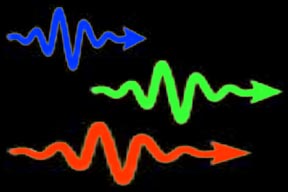
Light is very strange. Sometimes it is best to think of light as a series of waves. At other times, it is useful to think of light as a swarm of particles. When we think of light as particles, we call
...more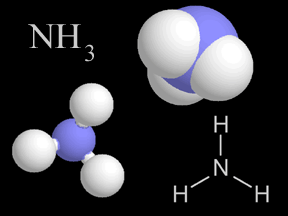
Most things around us are made of groups of atoms bonded together into packages called molecules. The atoms in a molecule are held together because they share or exchange electrons. Molecules are made
...more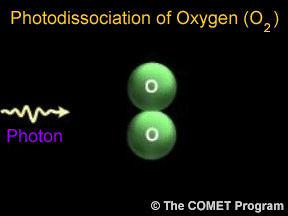
Photons are tiny bits of light and other kinds of electromagnetic radiation. Photons can sometimes break apart molecules. When this happens, it is called photodissociation. When a photon runs into a molecule,
...more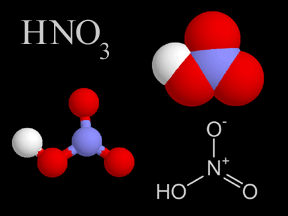
Nitric acid is a very strong acid that can burn your skin. Nitric acid has nitrogen, oxygen, and hydrogen atoms in it. There is a very tiny bit of nitric acid gas in Earth's atmosphere. Nitric acid is
...more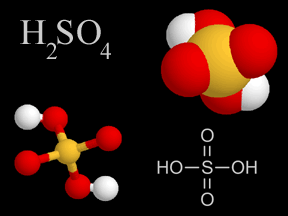
Sulfuric acid is a very common type of acid. Acid rain has sulfuric acid in it. Acid rain harms plants, fish, and other living things. A type of air pollution causes acid rain. When people burn fossil
...more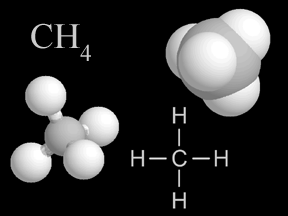
Methane is a kind of gas. There is a small amount of methane in the air you breathe. A methane molecule has carbon and hydrogen atoms in it. Methane is a greenhouse gas. That means it helps make Earth
...more
Ammonia is a kind of gas. Ammonia molecules (NH3) have hydrogen and nitrogen atoms in them. The air you breathe has a tiny bit of ammonia in it. When plants and animals die and decay, they give off ammonia.
...more
 Photodissociation of Molecular Nitrogen
Photodissociation of Molecular Nitrogen
 Photodissociation of Molecular Oxygen
Photodissociation of Molecular Oxygen
 Photodissociation of the Hydroxyl Radical
Photodissociation of the Hydroxyl Radical













